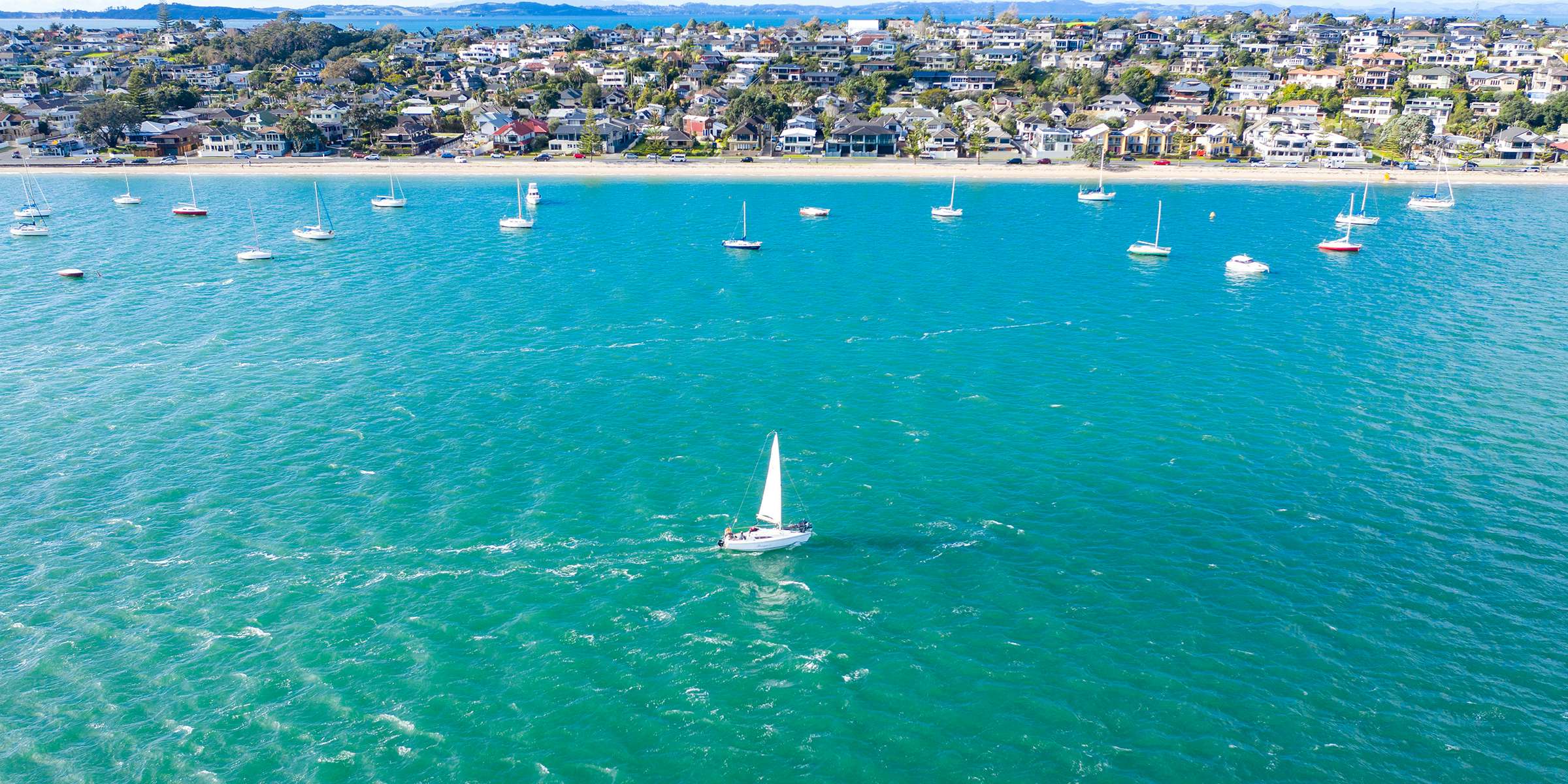
Boating Lingo You Should Know in NZ: Mastering Maritime Terminology
Navigating the waters of New Zealand is not just about steering your boat; it’s also about steering conversations with fellow boaties. Whether you’re a seasoned sailor or new to the world of boating, understanding common boating terms is crucial for effective communication and safety. This guide will walk you through essential boating lingo, so you can talk the talk as you sail the seas of Aotearoa.
Understanding Your Vessel from Bow to Stern
Bow: The very front of your boat. When you're moving forward, you're heading toward the bow.
Stern: This is the rear end of your boat. If something is behind you while you're steering, it’s toward the stern.
Hull: The main body of the boat, which floats on the water. It’s everything from bow to stern, port to starboard.
Cockpit: An open area where you control the boat, usually partially sheltered. It’s the boat's command center.
Cabin: A room or enclosed space on the boat. It can be used for sleeping, eating, or just escaping the elements.
Bulkhead: Interior walls within the boat, often used to separate different rooms or sections.
Bilge: The lowest part inside the boat, often where water collects and is pumped out from.
Navigating Directions Aboard
Port: The left side of the boat when you’re facing the bow. Remember, 'port' and 'left' both have four letters.
Starboard: The right side of the boat when facing the bow. It’s the opposite of port.
Windward: The side of the boat where the wind is coming from. It’s often the 'upwind' side.
Leeward: Opposite of windward, this is the side sheltered from the wind, also known as the 'downwind' side.
Leeshore: The shore that the wind is blowing towards. It's important for anchoring and docking.
Forward: Moving towards the bow of the boat. If you're moving forward, you're heading to the front.
Aft: Moving towards the stern of the boat. It’s synonymous with 'backward' or 'rearward.'
Delving Deeper into Nautical Jargon
Painter: A rope tied to the bow of a small boat, often used for securing or towing.
Freeboard: The distance from the waterline to the upper deck level. It's a measure of a boat's safety against waves and water ingress.
Knot (Speed): A unit of speed equal to one nautical mile per hour (approximately 1.85 km/hr). When you hear 'eight knots,' it means the boat is travelling at that speed.
Familiarity with these terms is more than just boating etiquette; it’s about understanding and being understood in the maritime world. Whether you're discussing a repair or planning a journey, these terms will help ensure clarity and safety on New Zealand's beautiful waters.